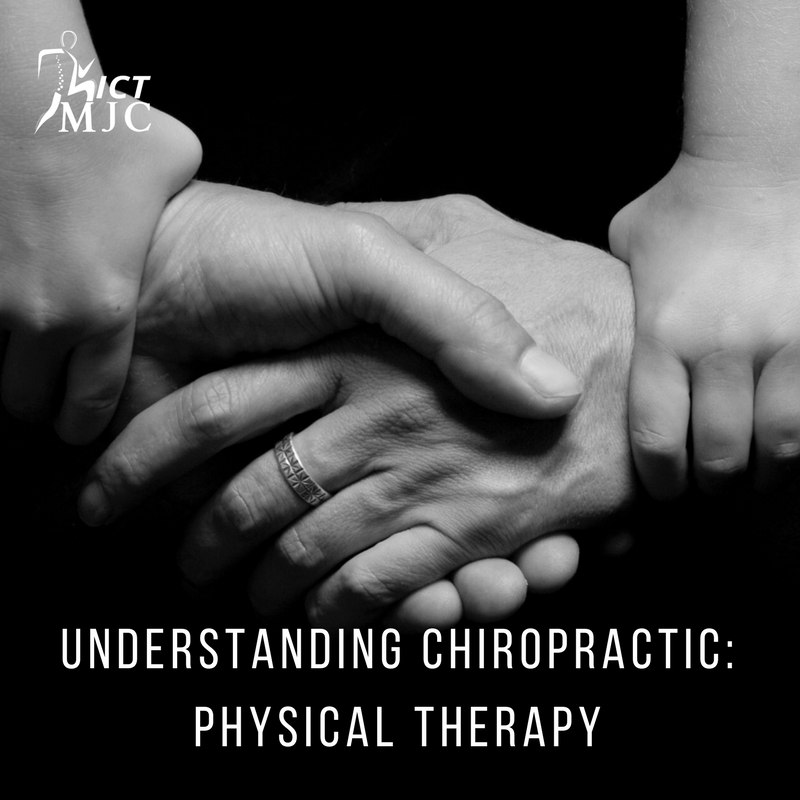Understanding Chiropractic: Physical Therapy
The concept that chiropractors can perform physical therapy is almost unknown; chiropractors can perform and bill for physical therapy depending on passing of the appropriate board examination. Some chiropractic schools do not focus on physical therapy as part of their curriculum, and in doing so, those students and graduate doctors are not capable of billing for physical therapy. A state's allowed scope of practice can often influence a school's opinion on providing this type of education. Some chiropractic schools do not offer education in physical therapy because surrounding states' scopes of practice do not allow chiropractors to bill physical therapy to insurance companies and therefore that school unfortunately does not teach physical therapy.
The Blurred Line
Consistent research identifies that when chiropractic and physical therapy are performed together, results are better than either approach alone. More and more students graduating from each program are starting to encompass curriculum from the other's respective field. Many physical therapy programs are starting to incorporate one or two adjusting classes into their programs; while some chiropractic programs are providing more evidence-informed physical therapy approaches. For instance, Cleveland Chiropractic College recently hosted a seminar for world-renowned physical therapy approach known as McKenzie – commonly referred to as MDT or Mechanical Diagnosis Technique.
With the evolution of healthcare and research, more disciplines are starting to merge into one approach. For us, we utilize a wide array of approaches across multiple disciplines to produce a better result – faster. Some practitioners, with these blurring lines, are seeking a more comprehensive title that suits their more encompassing approaches such as "manual therapist", "movement specialist", etc. I do not know where this line will be drawn or if it ever will. However, we do know the lines are blurring with each respective program encompassing skill sets that are typically associated within the other's wheelhouse.
The Future Chiropractic Model
With more and more "functional" or non-traditional chiropractors graduating, who are incorporating physical therapy into their chiropractic philosophy and style, the blurred line will only widen. I believe this is a better approach than either alone, and I know I am not alone with support coming from both sides.
There are many causes to pain and the "dysfunction" driving the pain. It is not a simple one-to-one ratio. I am here to tell you, adjusting is not always the answer and physical therapy is not always the answer. The manifestation of pain is a very complex, and often times an overlapping assortment of biological, psychological, social, and emotional, etc. hindrances. These need to be addressed to ultimately reduce and eliminate the symptoms of pain, and to create an environment in which a person goes from pain to thriving in life.
The "current" chiropractic model is constantly changing, with many chiropractors and physical therapists pushing forward for a more dynamic and unique approach. The days of conflict between approaches are changing. Hopefully soon, people will no longer know the difference between professions but only know better results.
About the author
Dr. Keith Sparks is an award-winning chiropractor, functional medicine expert, and the co-founder of ICT Muscle & Joint Clinic. Dr. Sparks’ emphasis of care originated within the fields of rehabilitation, soft-tissue therapies, and chiropractic. To date, he has brought this unique combination of skills into union with functional medicine. The sole purpose of intertwining these distinct skills, knowledge, and services is to provide incomparable care to his local community. Dr. Keith Sparks is often seen in the Wichita, KS community speaking at business events and teaching health and performance classes.
